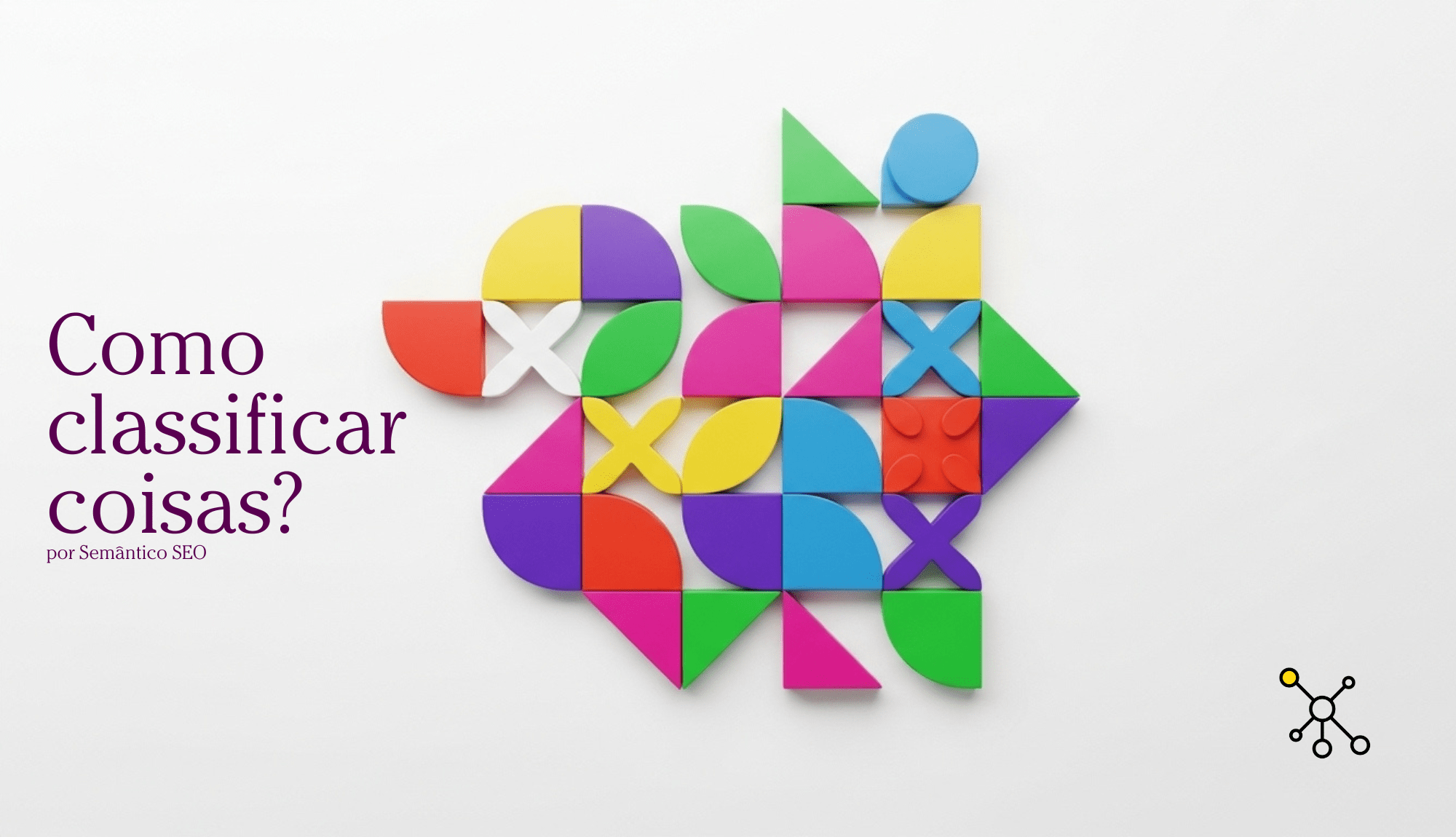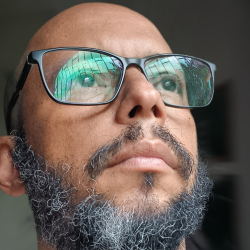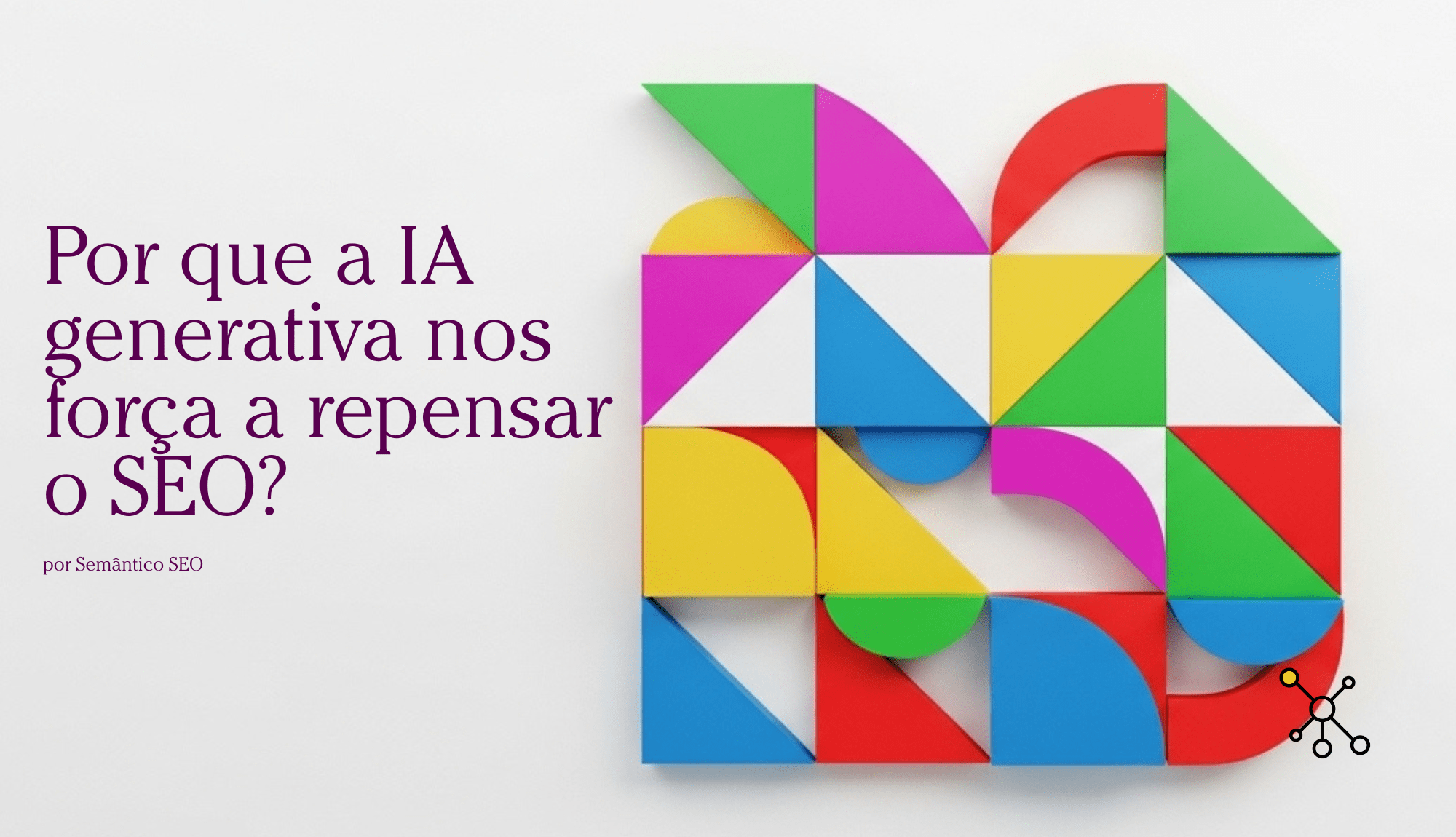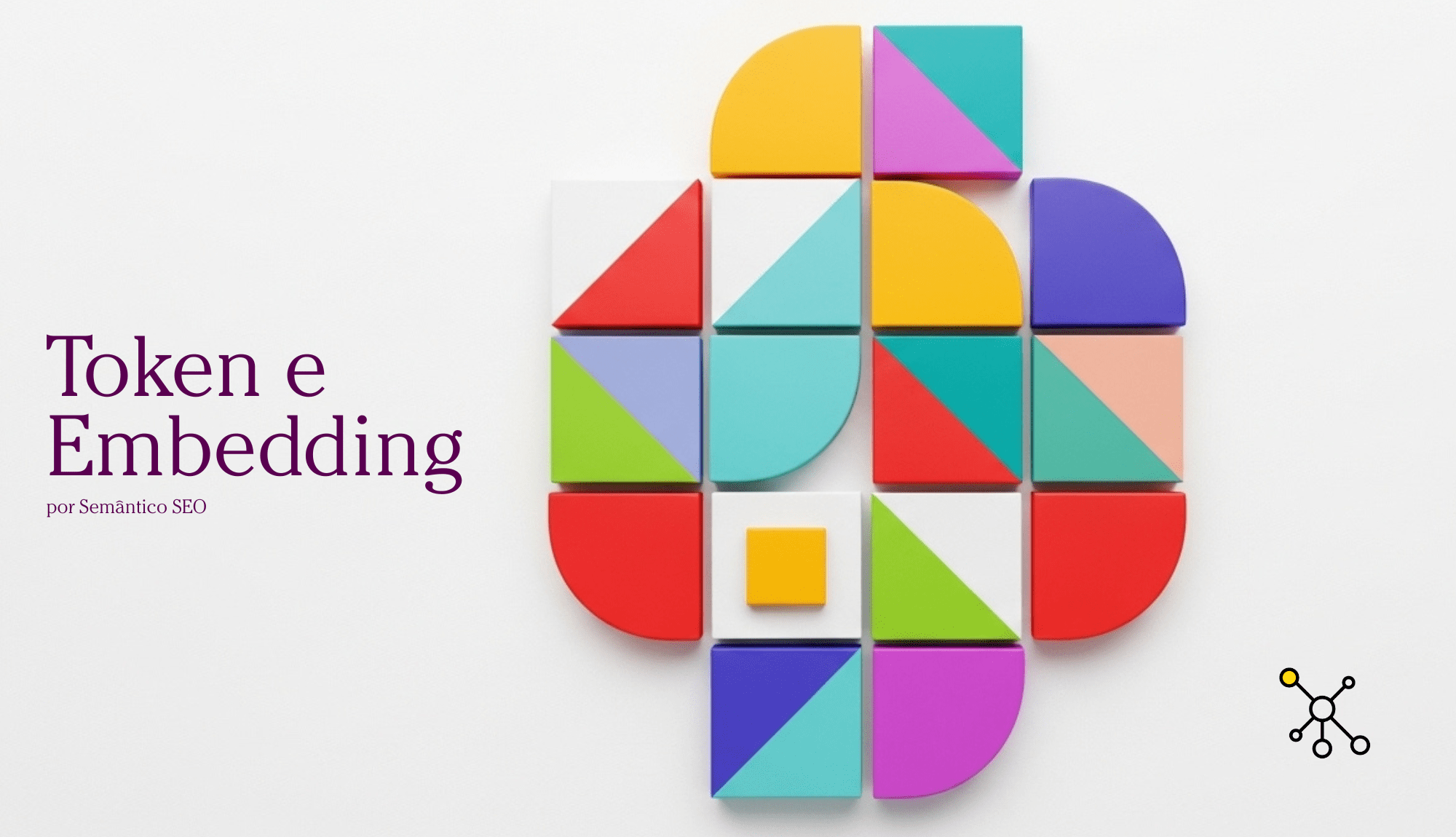How do you classify things?
This post is based on a video, part of a short series I posted on LinkedIn, based on questions I've been asking myself since my studies and research , primarily prompted by reading Michel Foucault's book *The Order of Things *. While reading, I began to question myself and ask some questions, including:
How do we name, determine, classify, and identify things in the world? How do we categorize them? How do we think about them?
The Faceted Classification Theory
In my studies on the fundamentals of library and information science , I came across a concept called Faceted Classification, which was created by a very important theorist in our field, Ranganathan .
Faceted classification is an information , developed by S.R. Ranganathan, librarian , in the 1930s. The strongest point of this system is its multidimensional approach to information organization classified in multiple ways, rather than being assigned to a single fixed "point" in a classification hierarchy, which would make it outdated.
Our famous Indian librarian introduced the concept of "facets" to represent the various characteristics of an information artifact. If we can freely define what facets are, we can say that they are clear and mutually exclusive categories that can be used to classify an entity.
For example, a book can have facets related to the author, the subject matter, the publication date, the format, and much more.
I don't know if you've noticed yet, but faceted classification is especially useful in digital information environments, despite having been created long before the internet. In these connected environments, where users have information needs and must search for and navigate information in many different ways, understanding the facets involved broadens our perspective.
Thinking about the facets allows us to create a more flexible and intuitive organization of information, improving the accuracy in the process of searching for and retrieving information from our systems.
Ranganathan created the faceted classification theory very concerned with the organization of a universe, a domain of knowledge . So it's very useful for us who need to organize information for digital projects that are restricted to increasingly specific domains, right?
Here are three recent academic publications on Ranganathan's faceted classification:
- Ranganathan and the theory of faceted classification by Ana Carolina Ferreira, Benildes Coura Moreira dos Santos Maculan and Madalena Martins Lopes Naves. Published by FapUNIFESP (SciELO) in the journal Transinformação.
- Faceted Classification . This is a book chapter published by Facet.
- Making Faceted Classification More Acceptable on the Web: A Comparison Between Faceted Classification and Ontologies by Yunseon Choi. Published by Wiley in the Proceedings of the American Society for Information Science and Technology.
I want to highlight the article written by Yunseon Choi, which discusses how to make faceted classification more acceptable on the web , as it falls within our area of interest. Faceted classification is compared to ontologies, which are another way of organizing information on the web. Choi explores various ways to improve the acceptance and effectiveness of faceted classification in online .
The Organization of Knowledge
We're starting to optimize digital platforms, right?
So what is this domain of knowledge, and how is it organized? What entities are part of it, and what names does the industry use so that customers can find what they are looking for?
And what does this mean for these users in this context?
It's important to realize that we have many questions when analyzing the domain of the project we are creating, and this is where Ranganathan's work comes in.
Ranganathan was very concerned with the fundamental categories of the universe of knowledge, and that was precisely his goal: to organize knowledge within this idea of the totality of ideas preserved by humankind.
This goal seems very close to what Google set for itself: to organize all the information in the world. It's no coincidence that I keep saying that Google is a giant library and the algorithm is the librarian.
But bringing these ideas to our optimization , when organizing project information (creating thesauri, taxonomies , ontologies, optimization strategies, and information retrieval), we can use Ranganathan's ideas and think in terms of facets:
How is this domain of knowledge organized?
What are the concepts, terms , and entities that are part of it?
What are the names that the industry uses, and how do they relate to my concepts and terms?
And why do customers use those same names when searching? I want them to find them on my website .
These may seem like rhetorical questions, but each one will help you shape the information according to your client's website objectives, making it much easier to find and greatly increasing the efficiency of your work.
The Dynamics of Knowledge
I understand that knowledge is generated from the ideas preserved by human beings. Knowledge can be defined as the act of perceiving or understanding through reason and/or experience .
Within this dynamic, things change, things happen, facts are created, and processes are executed. Therefore, this dynamic between things, facts, and processes, each with its own specific characteristics, is what generates the changes and evolution of what we call knowledge.
Knowledge Dynamics is a concept that refers to how knowledge is acquired, shared, used, and developed over time. It encompasses a variety of processes, including learning , innovation, information dissemination, and the evolution of ideas and practices.
Within this idea of knowledge as the totality of ideas preserved by human beings, I reflect on the importance of organizing entities, or as I called it in the title of this text: classifying things .
The Evolution of Nomination
Within this logic, we have things happening, facts being created all the time. Everything is in constant motion. And how do processes fit into this scenario? We've seen that there's a dynamic in the generation of information that generates knowledge, so going back to the beginning of my first questions...
We have the process of naming things, entities as we call them; we have a determination in these names, and if this environment of human knowledge is always evolving, I understand that one conclusion is obvious:
Concepts, definitions, classifications, and names are constantly updated, both by those who use them and those who create them. We are all agents and users in this process of naming information within this environment of information retrieval in digital settings.
We are actors in the generation of knowledge, this "totality of ideas" preserved by humankind, which almost all of humanity uses and updates.
Conclusion and Final Reflections
Within the process of change, or constant updating, I understand that the name given to a certain thing is initially adequate but may become inadequate as the field of knowledge in which it is embedded is updated.
When processes are no longer needed or require updating, we may be facing a change in the concepts, terms, and entities, as they are named and defined.
In the video below, my past self stated that I didn't have answers to these questions, which has clearly changed, updated, because now I have some of them. Some come from my studies in Library Science, others from other areas. But in any case, this is a work in progress for me, still an open question: How do you classify things?
Semantic Questions is a series of videos with questions I ask myself and share with you. In this video, I ask myself: How can we classify things?





Post comment